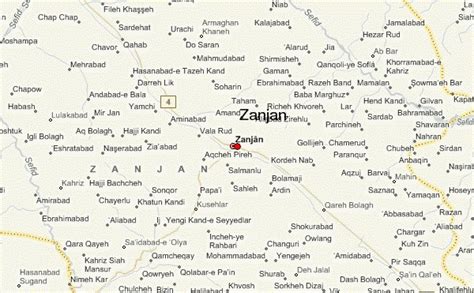Location: Iran 🌎
Country: Iran
ISO2 Code: IR
ISO3 Code: IRN
Location Type: Country
Latitude: 32
Longitude: 53
Iran, also known as Persia and officially the Islamic Republic of Iran, is a country located in Western Asia. It is bordered by Iraq and Turkey to the west, by Azerbaijan and Armenia to the northwest, by the Caspian Sea and Turkmenistan to the north, by Afghanistan and Pakistan to the east, and by the Gulf of Oman and the Persian Gulf to the south. It covers an area of 1.64 million square kilometres (0.63 million square miles), making it the 17th-largest country. Iran has an estimated population of 86.8 million, making it the 17th-most populous country in the world, and the second-largest in the Middle East. Its largest cities, in descending order, are the capital Tehran, Mashhad, Isfahan, Karaj, Shiraz, and Tabriz.
The country is home to one of the world’s oldest civilizations, beginning with the formation of the Elamite kingdoms in the fourth millennium BC. It was first unified by the Medes, an ancient Iranian people, in the seventh century BC, and reached its territorial height in the sixth century BC, when Cyrus the Great founded the Achaemenid Persian Empire, which became one of the largest empires in history and a superpower. The Achaemenid Empire fell to Alexander the Great in the fourth century BC and was subsequently divided into several Hellenistic states. An Iranian rebellion established the Parthian Empire in the third century BC, which was succeeded in the third century AD by the Sassanid Empire, a major world power for the next four centuries. Arab Muslims conquered the empire in the seventh century AD, which led to the Islamization of Iran. It subsequently became a major center of Islamic culture and learning, with its art, literature, philosophy, and architecture spreading across the Muslim world and beyond during the Islamic Golden Age. Over the next two centuries, a series of native Iranian Muslim dynasties emerged before the Seljuk Turks and the Mongols conquered the region. In the 15th century, the native Safavids re-established a unified Iranian state and national identity, and converted the country to Shia Islam. Under the reign of Nader Shah in the 18th century, Iran presided over the most powerful military in the world, though by the 19th century, a series of conflicts with the Russian Empire led to significant territorial losses. The early 20th century saw the Persian Constitutional Revolution. Efforts to nationalize its fossil fuel supply from Western companies led to an Anglo-American coup in 1953, which resulted in greater autocratic rule under Mohammad Reza Pahlavi and growing Western political influence. He went on to launch a far-reaching series of reforms in 1963. After the Iranian Revolution, the current Islamic Republic was established in 1979 by Ruhollah Khomeini, who became the country’s first Supreme Leader.
The government of Iran is an Islamic theocracy that includes some elements of a presidential system, with the ultimate authority vested in an autocratic “Supreme Leader”; a position held by Ali Khamenei since Khomeini’s death in 1989. The Iranian government is authoritarian, and has attracted widespread criticism for its significant constraints and abuses against human rights and civil liberties, including several violent suppressions of mass protests, unfair elections, and limited rights for women and for children. It is also a focal point for Shia Islam within the Middle East, countering the long-existing Arab and Sunni hegemony within the region. Since the Iranian Revolution, the country is widely considered to be the most determined adversary of Israel and also of Saudi Arabia. Iran is also considered to be one of the biggest players within Middle Eastern affairs, with its government being involved both directly and indirectly in the majority of modern Middle Eastern conflicts.
Iran is a regional and middle power, with a geopolitically strategic location in the Asian continent. It is a founding member of the United Nations, the ECO, the OIC, and the OPEC. It has large reserves of fossil fuels—including the second-largest natural gas supply and the third-largest proven oil reserves. The country’s rich cultural legacy is reflected in part by its 26 UNESCO World Heritage Sites. Historically a multi-ethnic country, Iran remains a pluralistic society comprising numerous ethnic, linguistic, and religious groups, with the largest of these being Persians, Azeris, Kurds, Mazanderanis, and Lurs.

Top Iran HD Maps, Free Download 🗺️
Map
Maps
United States
United States
World Map
China
China









